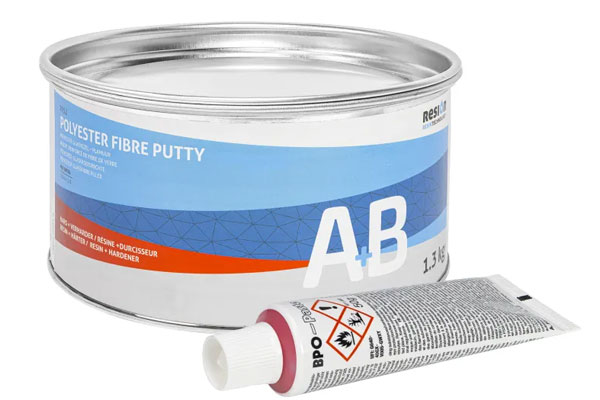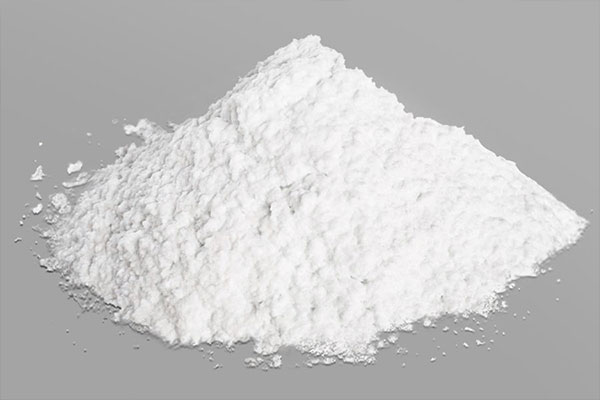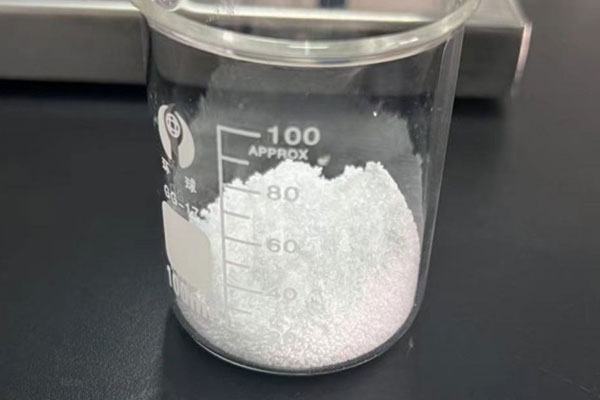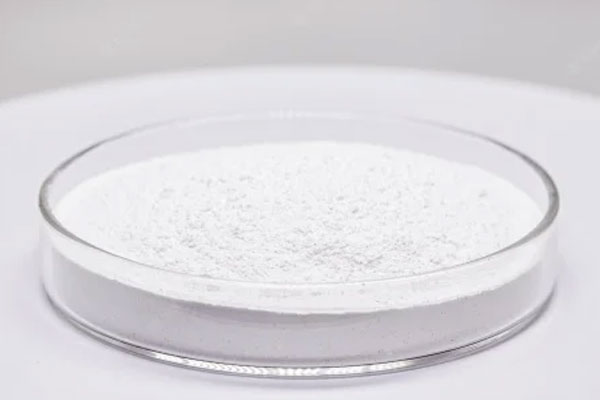Benzoyl Peroxide (BPO) Paste is a widely used auxiliary agent in the composite industry, particularly in the manufacturing and processing of glass fiber reinforced plastics (GFRP). Functioning primarily as a free radical initiator, BPO paste plays a vital role in initiating the polymerization of unsaturated polyester (UPR) and vinyl ester resins, essential for curing thermosetting resin systems.
제품 성능 소개
Its paste form—BPO suspended in a plasticizer or carrier such as phthalate or dicyclopentadiene (DCPD)—makes it easier to handle, safer, and more compatible with various production environments, especially those involving hand lay-up, spray-up, 인발성형, filament winding, 그리고 casting applications.
1. Chemical Composition & Structure
-
Chemical Name: Benzoyl Peroxide (C₁₄H₁₀O₄)
-
CAS Number: 94-36-0
-
Form: White or off-white paste
-
Typical Concentration: 50-60% active BPO by weight
-
Carrier Material: Commonly phthalate esters (e.g., dioctyl phthalate), DCPD, or non-phthalate plasticizers
-
Stabilization: Stabilized with moisture-absorbing agents, anticaking additives, or thickeners to ensure safe storage and handling
2. Role in Resin Curing
BPO acts as an initiator of polymerization by decomposing into free radicals at elevated temperatures. When used in conjunction with accelerators such as cobalt octoate, it triggers the rapid and exothermic curing of UPR and vinyl ester systems. This reaction is especially critical in:
-
Fiberglass lamination processes
-
Automotive FRP parts
-
Pultruded profiles
-
Transparent castings
-
Marine panels
-
Composite bathtubs and sanitaryware
장점:
-
Excellent curing at room and elevated temperatures
-
Stable and predictable reaction profile
-
High compatibility with a broad range of unsaturated resins
3. Product Features and Benefits
| 특징 | 설명 |
|---|---|
| High activity | 50-60% BPO content ensures efficient initiation |
| Safe formulation | Paste form reduces risk of dust ignition or exposure |
| Improved dispersion | Easy to mix uniformly with base resins |
| Temperature adaptability | Can be used in ambient or elevated temperatures |
| 사용자 정의 가능 | Formulated with various carriers (phthalate, DCPD, or phthalate-free) |
| Consistent performance | Reproducible curing profiles batch-to-batch |
4. Applications Across Industries
a. FRP Molded Products
BPO paste is a key component in the 조형 of FRP components such as tanks, panels, and ducts. It offers consistent curing and ensures mechanical integrity.
b. Hand Lay-Up & Spray-Up
In these methods, BPO paste is used with accelerators to cure each layer of laminate. Its stability and adjustable cure time enhance process efficiency.
c. Pultrusion
Used in continuous manufacturing processes of profiles like rods, bars, ladders, and channels, BPO paste supports fast throughput and low scrap rates.
d. Casting Applications
In clear casting or composite stone, BPO ensures bubble-free, clear finishes with controlled exothermic profiles.
5. Technical Data Sheet (TDS)
General Properties
| 재산 | Typical Value |
|---|---|
| Appearance | White to off-white paste |
| Active Content (BPO) | 50% – 60% |
| Density at 20°C | 1.15 – 1.30 g/cm³ |
| pH (aqueous extract) | Neutral to slightly acidic |
| Flash Point | >80°C (closed cup) |
| Moisture Content | <0.5% |
| Solubility | Insoluble in water |
| Viscosity (25°C, Brookfield) | 3,000 – 8,000 mPa.s (depends on carrier) |
| Freezing Point | Below 0°C |
Thermal Decomposition Data
| 모수 | 값 |
|---|---|
| Self-Accelerating Decomposition | ~60°C |
| SADT (Safe Storage Temp) | 35°C (recommended max storage temp) |
| Activation Energy (Ea) | Approx. 105 kJ/mol |
6. Safety and Handling Guidelines
Storage Conditions
-
Store in original containers away from sunlight and ignition sources
-
Recommended storage temperature: 10°C – 25°C
-
Avoid freezing and exposure to moisture
-
Keep separated from accelerators (e.g., cobalt salts)
Personal Protective Equipment (PPE)
-
Gloves (nitrile or neoprene)
-
Safety goggles
-
Lab coat or apron
-
Proper ventilation during use
Hazards
-
Classified as an oxidizing agent
-
Avoid contamination with heavy metals or reducing agents
-
Can cause skin and eye irritation
-
Explosion risk if heated above decomposition point or subjected to friction
7. Packaging Options
| Package Type | Net Weight | Notes |
|---|---|---|
| PE-lined pail | 5 kg / 10 kg | Sealed and moisture-protected |
| Fiber drum | 25 kg | Large-scale production usage |
| IBC bulk | 맞춤형 | For factory-integrated dosage systems |
8. Compatibility with Accelerators
BPO paste must be used with a suitable accelerator for proper curing. The most common are:
| Accelerator Type | Recommended Dosage | Typical Use Temperature |
|---|---|---|
| Cobalt octoate (1%) | 0.5% – 1.0% | 15 – 35°C |
| DMA (dimethylaniline) | 0.2% – 0.5% | Low-temp conditions |
| Cobalt napthenate | Similar to octoate | Broad resin systems |
Note: Never premix BPO with accelerators—mix into resin separately and in proper sequence.
9. Environmental & Regulatory Compliance
BPO paste is subject to multiple international regulations due to its oxidizing and irritant properties:
-
REACH Registered (Europe)
-
TSCA Listed (USA)
-
GHS Classified (Globally Harmonized System)
-
RoHS Compliant for electronics-related GRP usage
-
Transport Classification: UN 3108 (organic peroxide type E, solid)
10. Quality Assurance
Manufacturers typically follow ISO 9001:2015 quality systems, ensuring:
-
Raw material traceability
-
Batch consistency
-
In-house QC testing (BPO content, viscosity, stability)
-
Customized formulation options based on resin system or processing temperature
11. Technical Support and Customization
Reputable BPO paste suppliers offer technical support, including:
-
Cure profile analysis
-
Custom-formulated pastes (phthalate-free, low exotherm, fast cure)
-
Lab trials with specific resin systems
-
Safe transportation advice
-
Application troubleshooting and process optimization
결론
BPO paste is an indispensable auxiliary agent in the glass fiber composites industry. Its ability to safely and effectively initiate polymerization has made it a backbone material in fiberglass part manufacturing. Whether used in basic hand lay-up operations or automated pultrusion lines, BPO paste delivers process control, product performance, and production safety.
Glass fiber auxiliary material BPO paste
시리즈 :
Fiberglass Accessories >애플리케이션
a. FRP Molded Products BPO paste is a key component in the molding of FRP components such as tanks, panels, and ducts. It offers consistent curing and ensures mechanical integrity. b. Hand Lay-Up & Spray-Up In these methods, BPO paste is used with accelerators to cure each layer of laminate. Its stability and adjustable cure time enhance process efficiency. c. Pultrusion Used in continuous manufacturing processes of profiles like rods, bars, ladders, and channels, BPO paste supports fast throughput and low scrap rates. d. Casting Applications In clear casting or composite stone, BPO ensures bubble-free, clear finishes with controlled exothermic profiles.
상표명 :
TF컴포지트
상품명 :
Glass fiber auxiliary material BPO paste
자주하는 질문
질문 :
What is BPO Paste used for in the fiberglass industry?
ㅏ :
BPO (Benzoyl Peroxide) paste is primarily used as a curing initiator for unsaturated polyester and vinyl ester resins. It helps start the polymerization process in various fiberglass manufacturing methods like hand lay-up, spray-up, pultrusion, casting, and filament winding.
질문 :
Why is BPO used in paste form rather than powder?
ㅏ :
Safer (less risk of explosion or fire) Easier to handle and mix Less dusty More stable during storage and transportation
질문 :
Can BPO paste be used alone for curing?
ㅏ :
No. BPO paste requires a promoter/accelerator—most commonly cobalt octoate—to decompose properly and generate free radicals for curing.
질문 :
What is the typical dosage of BPO paste in fiberglass production?
ㅏ :
The standard dosage is usually 1.0% – 2.5% by resin weight, depending on resin type, curing speed required, and temperature.
기타 관련 제품





